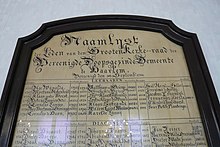
Teylers Museum is an art, natural history, and science museum in Haarlem, Netherlands. Established in 1778, Teylers Museum was founded as a centre for contemporary art and science. The historic centre of the museum is the neoclassical Oval Room (1784), which was built behind the house of Pieter Teyler van der Hulst (1702–1778), the so-called Fundatiehuis. Pieter Teyler was a wealthy cloth merchant and banker of Scottish descent, who bequeathed his fortune for the advancement of religion, art, and science. He was a Mennonite and follower of the Scottish Enlightenment.
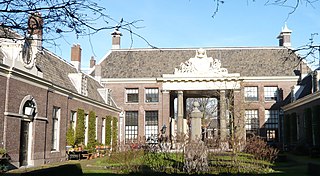
The Teylershofje is a hofje in Haarlem, Netherlands with 24 houses.

The Zuiderhofje is a hofje in Haarlem, Netherlands.

Pieter Teyler van der Hulst was a wealthy Dutch Mennonite merchant and banker, who died childless, leaving a legacy of two million florins to the pursuit of religion, arts and science in his hometown, that led to the formation of Teyler's Museum. This was not the value of his entire estate. He also founded Teylers Hofje in his name, and made important donations to individuals in the Mennonite community.

The Doopsgezinde kerk is a historical hidden Mennonite church dating from the 17th century between the Grote Houtstraat, Peuzelaarsteeg and the Frankestraat in Haarlem, Netherlands.

Teylers Eerste Genootschap, also known as the Godgeleerd Genootschap is one of the two societies founded within the Teylers Stichting as a result of the will of the Dutch 18th-century merchant Pieter Teyler van der Hulst. The First Society is focused on theology, while the Second Society is focused on art and science.
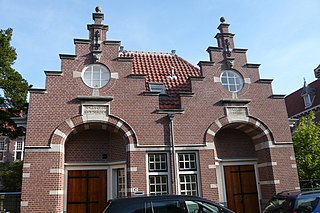
The Coen Cuserhof is a former orphanage in Haarlem. The complex was designed by J.A.G. van der Steur and the original maquette is on display in the Historisch Museum Haarlem.

Cornelis van Noorde was an 18th-century landscape painter and draughtsman from the Northern Netherlands.

Abraham de Vries was a Dutch Mennonite minister, author on literature and member of several societies, mainly literary ones.

Sir Age Pieters Wijnalda was a Dutch Mennonite teacher, minister and one of the first members of Teylers Eerste Genootschap from 1778 until his death. He was the founder of the "Doopsgezinde Schaar". He had at least one son, named IJnze Wijnalda.
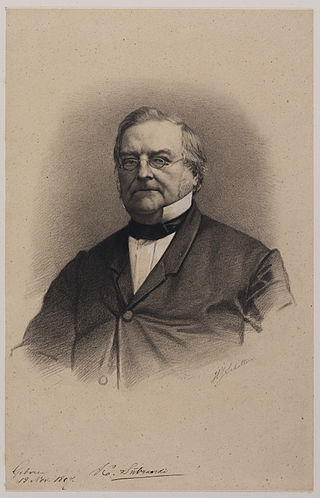
Klaas Sybrandi, also spelled as Sijbrandi, was a Dutch Mennonite minister, author and translator who was involved with several societies and foundations.

Adriaan Loosjes, was a 19th-century botanist, poet, novelist and publisher born in Den Hoorn, North Holland, Netherlands.

Petrus Loosjes, was an 18th-century writer and Mennonite minister from the Northern Netherlands.

Barend Hartman van Groningen was a Dutch Mennonite teacher and minister.

Sybren Klazes Sybrandi was a Dutch Mennonite teacher and minister.

The Doopsgezinde Weeshuis is a former orphanage in Haarlem. The complex was designed by A. van der Linden to replace the old orphanage located at the Klein Heiligland 58, which had been in use since 1634.
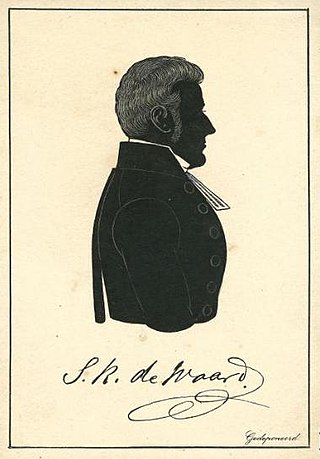
Sijtze Klaas de Waard was a Dutch Mennonite teacher and minister.

Hendrik Arend van Gelder was a Dutch Mennonite teacher and minister.

Hendrik Jan Elhorst was a Dutch Mennonite teacher and minister.

Conradus Vietor (1588–1657) was a Dutch Lutheran minister who is most famous today for his portrait painted by Frans Hals.
